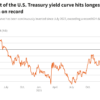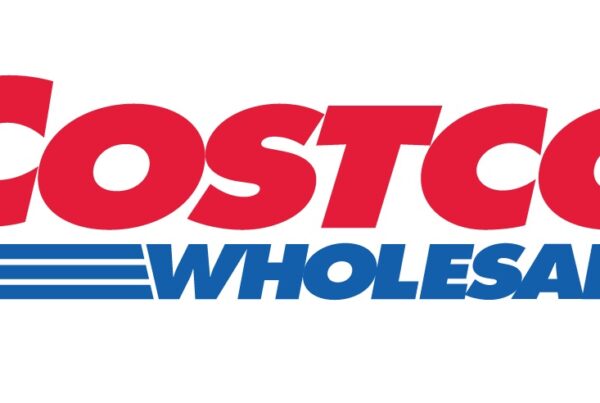Questioning timeworn assumptions in the age of Big Data
These days, some retailers are almost too good at extracting information about their customers [remember the story about how Target is the first to know someone is pregnant?]. But equally important—and often overlooked—is the promise of leveraging data to make process improvements that boost performance. While the retail industry has made strides in embracing more data-driven approaches, it lags other sectors and still harbors quite a few “data dinosaurs”—companies that have yet to take an analytical approach to rationalizing their operations.
It’s easy to understand why, given how things have been done historically in the real estate industry. For decades, the site-selection for new centers involved a developer driving up to an old farm, sticking his finger in the air and saying “Yep. This looks like a shopping center site.” Retailer site-selection, too, was hardly a scientific affair: It entailed unrolling giant paper maps and covering them with stick-on dots to represent competition in the trade area. By comparison, today’s tech-enabled methods do seem far more advanced. The question is whether we have made enough progress on the data front. I believe we still have plenty of work to do.
For example, when retailers look at their 30- or 40-year-old naked leases for opportunities, they often find that some of their best-performing stores happen to be in neighborhoods that, based on their current site criteria, would no longer be deemed a fit. Maybe the per-capita incomes have plummeted around these older stores, or new immigrant groups have moved in. In any case, the retailer has uncovered a substantial gap between its longstanding assumptions about market opportunities and the reality of what actually makes money. “We used to believe our best customers fit a more narrow population segment,” one executive said, “but the numbers showed us something else entirely.”
What other timeworn assumptions—about co-tenancy, parking, tenant mix, leasing-team performance, you name it—would be overthrown if subjected to greater scrutiny?
The potential for strategic evolution with respect to the use of data represents yet another opportunity. Data doesn’t have to be solely about extraction—it can also involve adding value by giving your customers and employees information they truly want and need.
Best Buy’s turnaround is a case in point. To be sure, the retailer has slashed $1 billion in costs by closing stores, shrinking boxes and tightening its IT, supply chain and logistics processes. Best Buy has also lowered its occupancy costs by signing more store-in-store deals with the likes of Apple, Samsung and Microsoft. In the end, though, “cutting to profitability” is not by itself a winning strategy. Best Buy’s [largely women-led] c-suite understands that adding value is a must. Why else would people come to your store?
Toward that end, Best Buy is deftly transforming information into a service and sales tool. One part of the strategy involves making sure its sales teams truly know their stuff. The idea is to capitalize on the trend toward the Internet of Things—connected thermostats, wristwatches, security systems and other increasingly complicated devices. “Best Buy’s tech experts make some 4 million house calls a year to help customers rig up their systems—service that Best Buy’s closest competitors, Walmart and Amazon, do not offer,” reports Fortune in a story on the retailer’s turnaround.
On the day before Christmas—one of the most hectic days of the year for any retailer—Best Buy’s salespeople helped several of my family members sort out a complicated cellphone data-plan arrangement involving multiple carriers and service switches. I was impressed by their expertise and patience. While staff at an AT&T store can speak only about AT&T’s offerings, Best Buy’s team knew the ins and outs of AT&T, Verizon and Sprint. Their knowledge saved us a lot of time.
Information is also the centerpiece of Best Buy’s plan for ramping up internal performance. The company’s data-driven training program focuses specifically on helping salespeople close more deals. The first step involves analyzing performance metrics to identify those who need help. The second is to arm them with the information and training they need. Best Buy found that even small behavioral tweaks could help salespeople boost their numbers by tens of thousands of dollars.
This approach shows a willingness to question timeworn assumptions by relying on reason. Instead of guessing what information moved the needle, Best Buy gathered meaningful data from its salespeople and then used that information to help them work more effectively.
Optimal performance requires a commitment to continual evaluation of your processes as well as your strategic positioning. Fortunately, faster, better and cheaper tools are increasingly available to us. The key is to be willing to use them. After all, we already know the fate of the dinosaurs.









